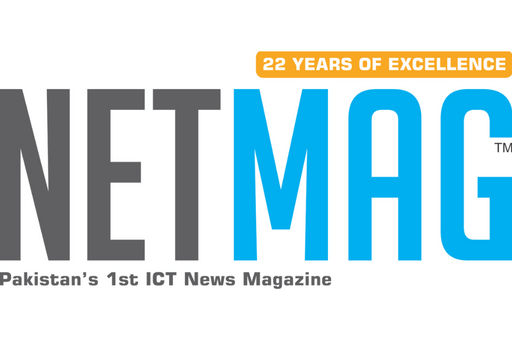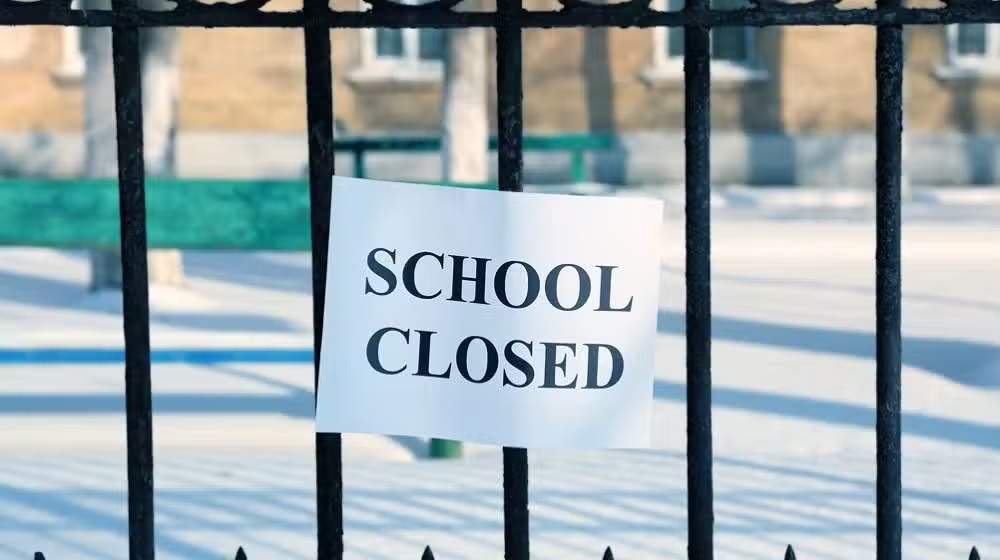The Universal Service Fund (USF) has announced plans to lay 2,000 kilometers of optical fiber cable (OFC) in its upcoming projects for the fiscal year 2024-25. This initiative is part of the ongoing Optical Fiber Program, which commenced in November 2020, aiming to improve deep fiberization at the Union Council (UC) level.
Ongoing Optical Fiber Projects
So far, USF has launched 17 major OFC projects, connecting 884 UCs with a total of 9,068 kilometers of fiber optic cables. These efforts are providing essential backhaul support for existing 3G/4G mobile broadband networks and paving the way for future 5G expansion.
5G Rollout Delayed
USF has highlighted that the launch of 5G services in rural areas is still pending. The commercial rollout of 5G networks will depend on operators’ business plans and licensing from the Pakistan Telecommunication Authority (PTA). Once the required licenses are issued, USF plans to identify underserved and unserved areas to develop 5G infrastructure projects.
READ MORE: Atif Aslam to Sing Official Anthem for ICC Champions Trophy 2025
Addressing Concerns in Sargodha District
In response to concerns raised by MNA Zulfiqar Ali Bhatti regarding the lack of telecom services in four underserved locations in the Sargodha district—Chak numbers 67nb, 163nb, 112nb, and 152nb—USF confirmed that these areas have already been assessed for future connectivity projects. Although the PTA had identified these locations, Chak number 115 was omitted from its report. USF assured that these areas will be considered in future initiatives.
Bridging the Digital Divide
USF’s efforts to bridge the digital divide focus on two key areas: expanding physical telecom infrastructure and enhancing digital literacy, content localization, and public education. While USF’s projects mainly aim at improving connectivity through mobile broadband and fiber backhaul, the organization acknowledges that overcoming the digital divide requires a more comprehensive approach. This includes broader educational initiatives, socioeconomic interventions, and targeted government policies.
Long-Term Vision for Digital Connectivity
While USF’s initiatives play a significant role in reducing connectivity gaps, the organization admits that completely eliminating the digital divide by 2030 is beyond its capacity alone. The fund will continue to optimize its projects based on available resources, but achieving a fully connected digital society will require policy support, financial investment, and collaboration with both government entities and private stakeholders.




